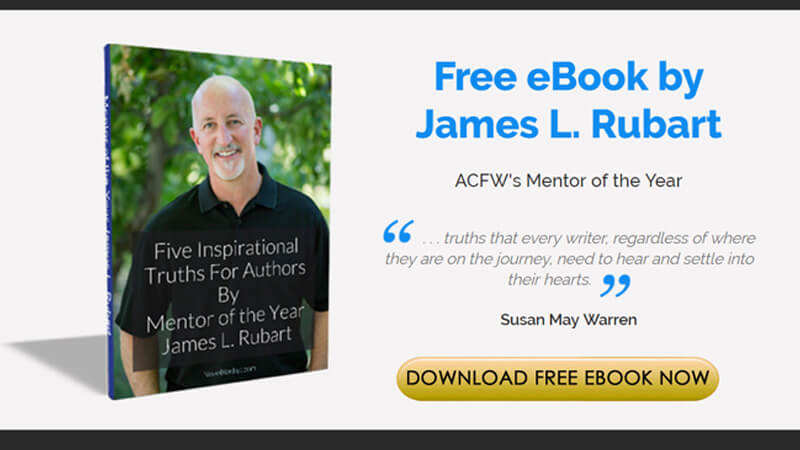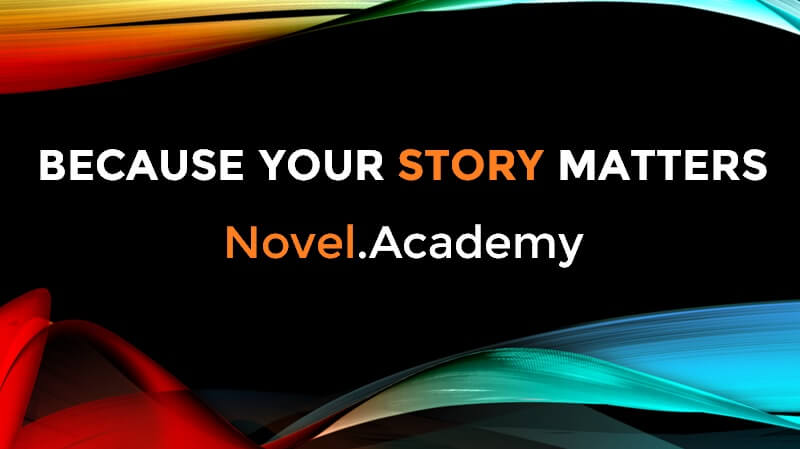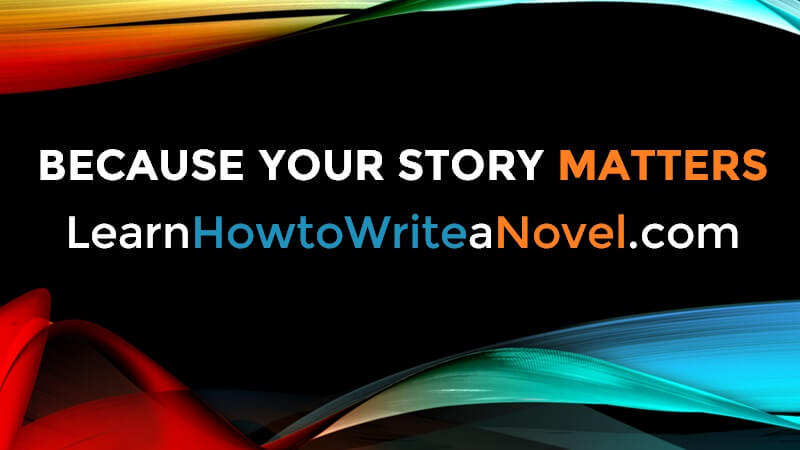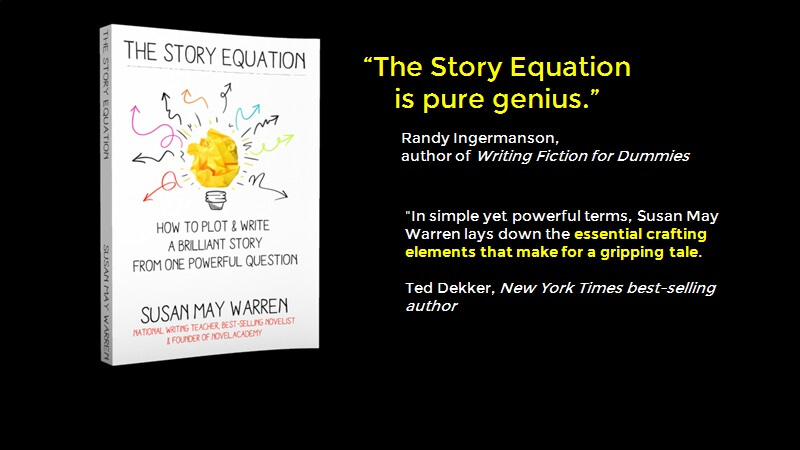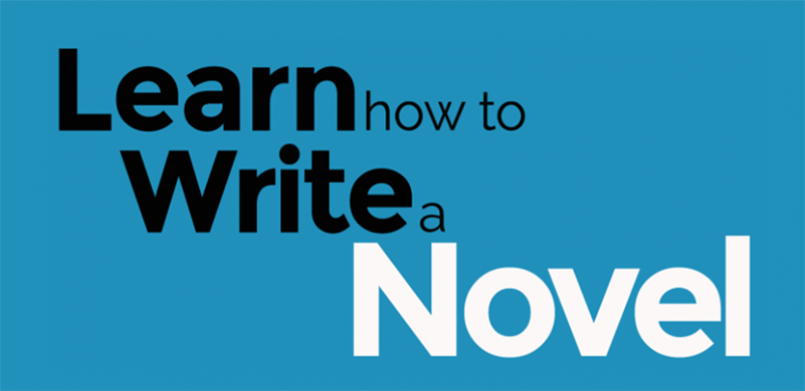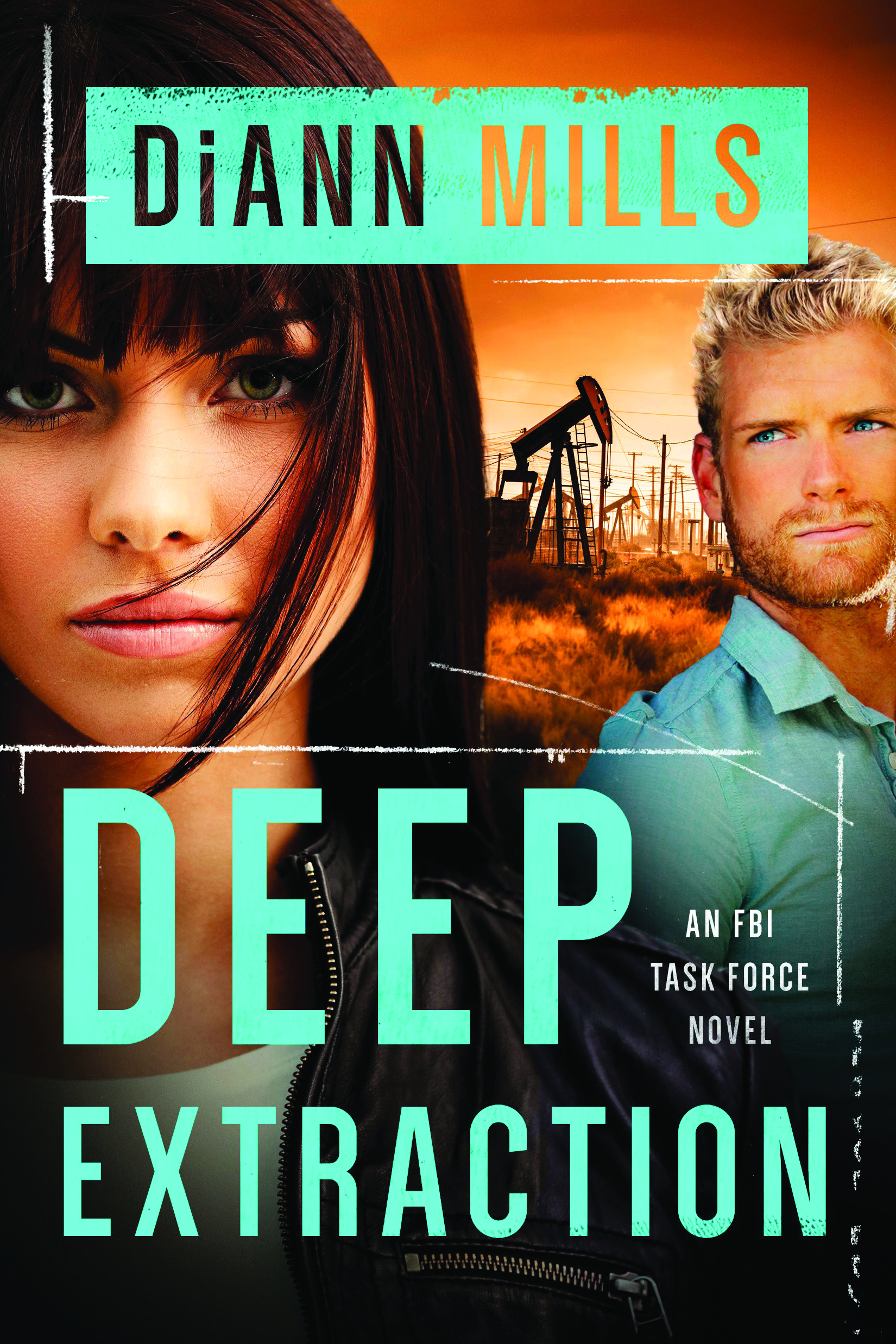by Patty Smith Hall
All right, class. The weekend is over and now it’s time to settle down because today, we have a lot of information to cover today on the fascinating, yet frustrating subject: The Male Point of View.
Why this particular subject? Because a large number of people who write have the XY chromosome combination and don’t have a clue as to what is going on in the mind of their male characters. It can be difficult to capture the male voice, frustrating at time. So after a great deal of research and in-depth study, I hope I can shed some light on the subject for you today.
The Scientific Facts
As a medical professional with years of research experience, I liked to start with the science behind male communication. Why do men communicate the way they do? Why don’t they talk as much as women? Is there a physiological reason they react the way they do in the heat of an emotional discussion?
First, a brief overview of the center of communication, the human brain. The brain has two hemispheres; the left which is the home of logic and reasoning and the right side which is the center of emotions, feelings, intuition and social relationships.
The differences between the male and female brain begin in utero. Male fetuses experience a testosterone bath between the 18th and 26th week of gestation that damages the connections between both sides of the brain, making each hemisphere work more independently of each other. This makes it harder for men to do things that require the use of both sides(language , expression feelings, managing emotions.) Men function best on one side of the brain than the other where as women(thanks to estrogen) can use both sides of her brain equally as well. Another interesting fact is that men possess a larger amydalae, a tiny set of glands at the base of the skull where highly emotional or frightening experiences are stored. This could explain why men have a greater ‘fight or flight’ response as well as flash back to the horrible even more often and with greater detail than women.
Men Really Are Like Waffles
This one-sidedness is also the reason why men are able to compartmentalize different areas of their lives into boxes and typically live in one box at a time. When a man is in one box, it’s as if the other compartments don’t exist. They give 100 percent of their attention to whatever they’re involved in at the moment and tend to stay in the box they’re most successful in—that can be anything from work to video games to anything, as long as they feel like they’re achieving something. They can also think of nothing at all and have the ability to ignore everything else around them.
What Does That Mean For A Writer?
We have to keep in mind the why behind the male way of thinking and communicating in order to create a more well-rounded character. It would seem odd to find a hero who loves to spend hours talking on the phone or get in touch with his emotions. That’s not to say it doesn’t happen, but if we intend to use such a trait, we’d better have a good explanation as to why our hero is like he is. Another example might be our hero might not understand why the heroine is having trouble sleeping because he has the ability to think about nothing.
Having a gasp of these facts will help you build realistic male characters.
Come back on October 26th when we’ll be talking about the inherited characteristics of men that shape how he responds to life events.
What are other ways you’ve incorporated these scientific facts in your male characters?
New Hope Sweethearts
She’s ready to take back her life . . .or what’s left of it.

After ten years of caring for her invalid grandfather, Kallie Huffman is ready to claim her life as her own. Taking a job in the laboratory of New Hope Community Hospital seems like a logic choice while she waits for her nursing license to be reinstated. That is until she meets Lab Director Jefferson Muster. Kind and intelligent, the handsome doctor is everything Kallie has ever wanted in a man. But what about having a life of her own?
He’s never needed anyone’s help. . .until now.
Patients are dying at New Hope Community Hospital, and Jeff needs help to discover the culprit before another family loses a loved one. When help comes in the person of Kallie Huffman, the walls Jeff has constructed around his heart after a family tragedy start to crumble. But Kallie craves a life on her own terms. Can two people shaped by heartache put the past behind them and trust in love?




